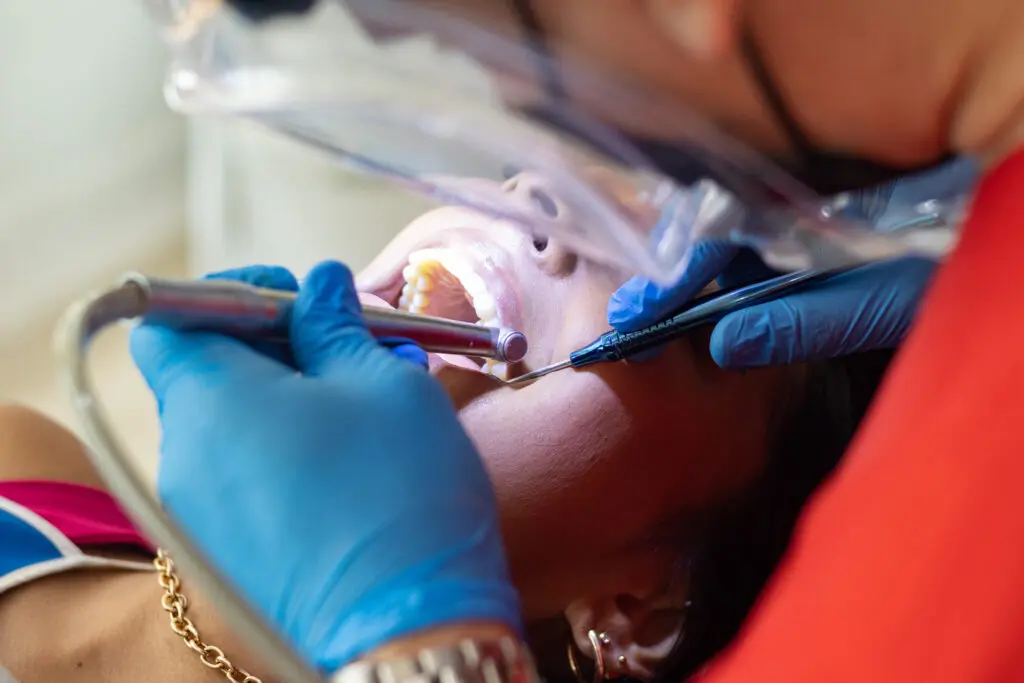
Temporomandibular disorders (TMD) involve pain in the ear, jaw, or face area, often accompanied by clicking or popping sounds or restricted jaw movement. TMD is frequently confused with TMJ, which stands for the temporomandibular joint itself. This joint allows for three-dimensional movement and involves a complex interplay of bones, muscles, and cartilage. Problems affecting any part of this system can lead to TMD.
If you’re experiencing pain or difficulty with jaw movement, a thorough examination can help identify the issue and guide appropriate treatment. Most TMD cases can be resolved with conservative, reversible remedies before considering more invasive options like surgery.
Causes of TMD
The temporomandibular joint (TMJ) is prone to orthopedic problems, including inflammation, muscle soreness, tendon and ligament strain, and disk issues. Temporomandibular disorders (TMD) are also influenced by genetics, gender (with women being more susceptible), and age factors.
Signs and Symptoms of TMD
- Clicking Sounds: Audible sounds such as clicking, popping, or grating in the TMJ during jaw movement may indicate disk displacement. While not always a significant symptom, these sounds become concerning when accompanied by pain or limited jaw function.
- Muscle Pain: Tenderness in the cheeks and temples due to primary jaw-closing muscles can be a symptom of TMD. Morning soreness and stiffness could indicate nocturnal teeth clenching and grinding, which can often be alleviated with a custom-made night guard.
- Joint Pain: Pain in one or both TMJs (often classified as TMJ arthritis) can occur even if radiographs show no apparent issues. Arthritis medication can provide relief from symptoms.
Relieving the Pain
Following a comprehensive examination, personalized strategies can include:
- Transition to a Softer Diet: Reducing stress on muscles and joints.
- Ice/Moist Heat Applications: Alleviating soreness and inflammation.
- Gentle Stretching Exercises: Easing muscle spasms.
- Medications: Non-steroidal anti-inflammatory drugs and muscle relaxants.
Other Treatment Options
Severe TMD cases may require more comprehensive treatments like orthodontics, dental restorations, cortisone injections, or joint lavage. Major surgery is rare. Conservative and reversible treatment options should be fully explored for best outcomes.
FAQs
Can TMD be cured?
Yes, with appropriate treatment and management. The key lies in identifying causes and developing a personalized treatment plan.
How long does TMD take to heal?
Healing time varies; mild cases may resolve in days to weeks, while chronic cases can take months or years.
Is TMD a disability?
TMD can be considered a disability if it significantly limits daily activities. Each case is evaluated individually.
What is TMD jaw?
TMD jaw refers to pain and dysfunction in the TMJ and related muscles, leading to symptoms like jaw pain and restricted movement.
How long does TMD last?
The duration varies; acute symptoms may resolve quickly, while chronic cases require ongoing management.

